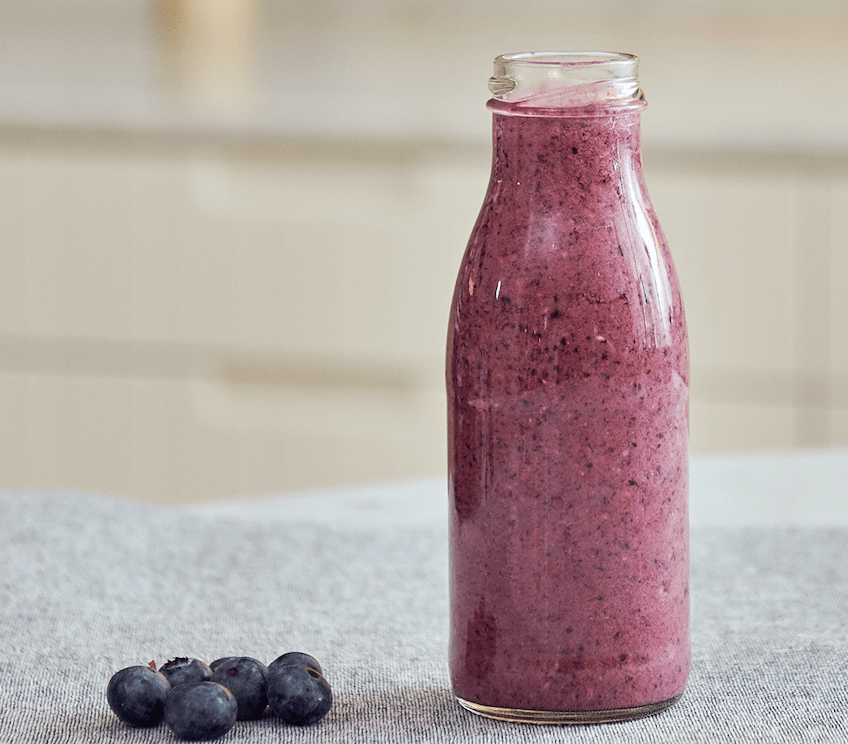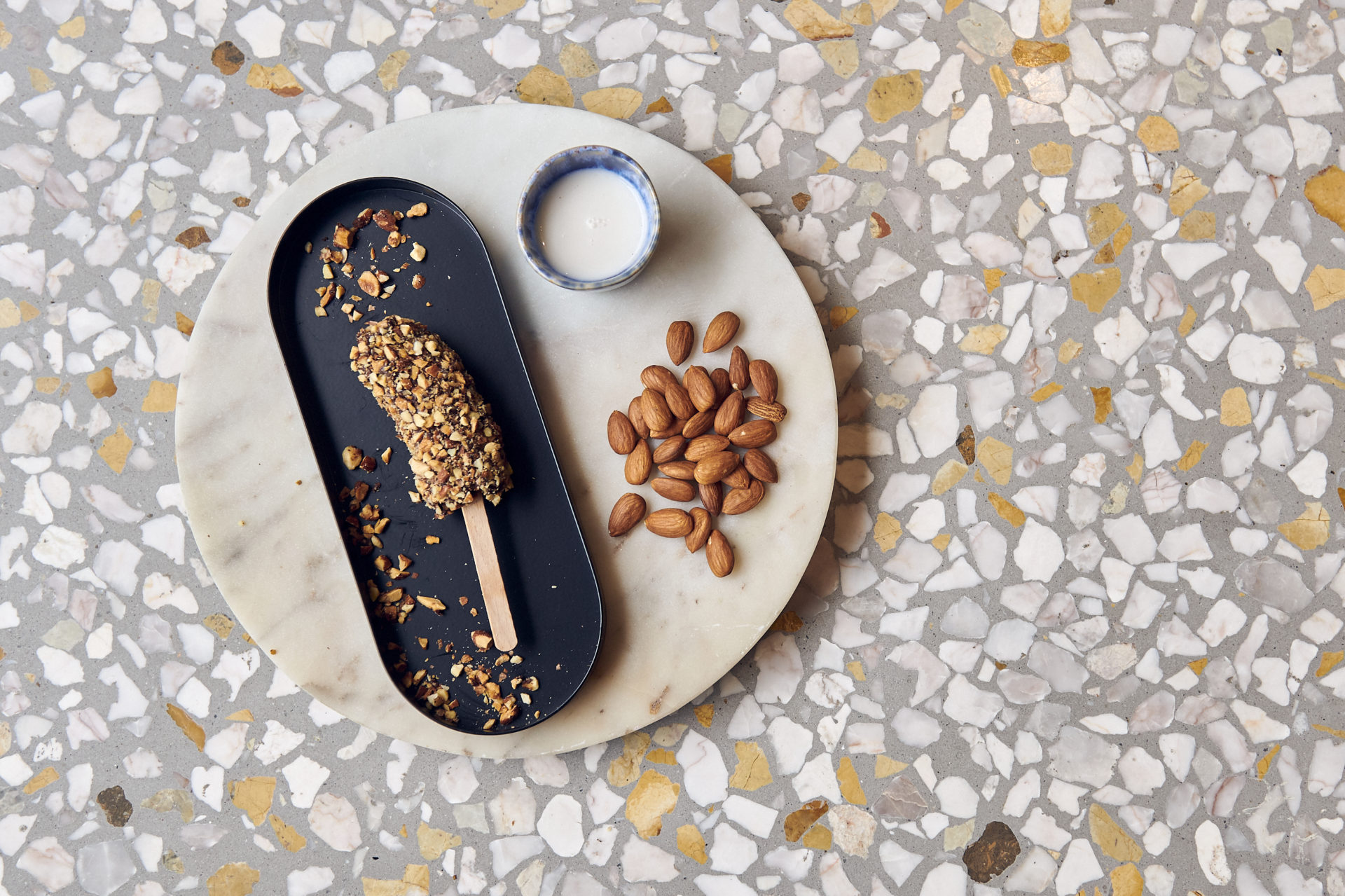Many diets come and go, but we like the idea when vegetables are the core of a long—term diet or lifestyle, which is why we find Millie Padula, Accredited Practising Dietitian, Nutritionist, Founder of Dietitian Edition and Inside Out Ambassador, plant-based approach so compelling.
You’ll like this:
Positive Affirmations That’ll Change the Way You Think
Mecca Max Has Released Their Own Skin Care Range, and You Seriously Need To Try It
Following Alicia Vikander’s Beauty and Wellness Routines
What is a Plant-based Diet?
A plant-based diet is a style of eating where plants form the basis of the diet, yet animal products in all of their forms aren’t omitted. The words vegan, vegetarian and plant-based tend to be used interchangeably because the plant-based definition is a little vague and subjective.
“As a dietitian, I am a huge advocate for a plant-based style of eating! After all, some of the most well researched and advantageous diets in the world are constructed around plants, i.e. The Mediterranean Diet. Most of us do need to prioritise including more plants in our diets, but animal products do not have to be completely removed to lead a healthy lifestyle,” says Millie.

How to Transition to a Plant-Based Diet?
When thinking of transitioning to a plant-based style of eating, the first thing to remember is that your mindset is everything. It’s important not to go into this new chapter with a closed, restrictive, guideline-driven mindset. Plant-based eating is the exact opposite of that. It encourages you to incorporate more plants into your diet without being fixated on rules and restrictions.
Plant-based diets allow for ‘all foods and are a sustainable and highly enjoyable way of eating. Don’t forget that! For any lifestyle or dietary change to be maintainable, you must understand your ‘why’.
In this case, why do you think it’s important to eat more plants? Is it improving your gut health, mental health, immune strength, disease risk, skin and sleep quality, environmental impact, and animal welfare? There is no right answer; the purpose just has to align with you!
Secondly, think about all of the simple things you can do to start implementing more plants in your diet slowly.
Remember, plant-based doesn’t necessarily mean excluding animal products altogether, so before you become overwhelmed with the concept of plant-based, you don’t actually have to remove any foods, phew!
Knowing where to shop and what to put in your trolley doesn’t have to be too complicated. “While I do prefer to shop local where I can, I appreciate that supermarket chains are the most convenient and accessible for most consumers,” says Millie. Thankfully, you can find everything you need for a well-balanced plant-based diet at traditional grocery stores.
Foods to Avoid or Minimize on a Plant-based Diet
When shopping, You don’t need to fill your trolley with expensive ‘fake-meats’ or ‘cashew cheeses’ and ‘vegan ice-creams’, which are often expensive and lack nutritional value.
Instead, you can find all the nutrition you need in everyday household staples. Fill your trolley with fresh or frozen fruits and vegetables (both are just as nutritious), tinned or dried lentils and legumes, nuts and seeds (buy these in bulk to keep costs at a minimum), and whole grains and cereals such as rice, pasta, rolled oats, quinoa, couscous, wholegrain breads/wraps etc. She also thinks a great alternative to dairy milk is almond or oat milk, particularly a brand such as Inside Out, whose homegrown journey started in Sydney farmers markets and only uses Aussie almonds, oats and real ingredients with an abundance of nutritional value.
Here Are a Few Places on How to Start your Plant-based Journey:
- Plan your meals at the start of the week: Aim for 75% of the ingredients to be derived from a plant. Remember, plants don’t just equate to vegetables, they also cover fruits, nuts, seeds, lentils, legumes and wholegrains so get creative on how you can incorporate these types of foods into the meals you regularly cook at home. If that is too much for you – substitute 50% of the meat with a plant-based alternative. You won’t be able to tell the difference.
- Be smart with your snacks: Fill the fridge and pantry with plant-based snacks such as fresh/dried fruit, muesli bars with lots of wonderful grains/nuts/seeds, wholegrain crackers and dips made from legumes/vegetables (hummus and avocado varieties are my favourite).
- Start by swapping one animal-based ingredient at each main meal: Millie likes to drizzle olive oil on her toast instead of butter, spread avocado on sandwiches instead of mayonnaise and lastly, reduce her meat intake at dinner and make up the rest of the portion with a new vegetable or grain she hasn’t tried. Freekeh has been her new favourite grain as of late and she’s loving the nutty flavour and coarse texture it adds to her meals.
- You may wish to try a fortified plant-based milk: Such as Inside Out’s Almond/Oat Milk which contains the necessary vitamins and minerals you would find in traditional dairy-based milks. Add plant-based milks to smoothies, breakfast bowls, in your home baked sweet treats or as a substitute to cream and/or milk in savoury pasta dishes or curries.
- Lastly, your diet must be enjoyable to be sustainable: Start small, and build on each goal as it becomes a habit.
You’ll like this:
GIVEAWAY: Win 2 of 3 Tubes of Dose & Co Unflavoured Marine Collagen Worth $120








Leave a Comment